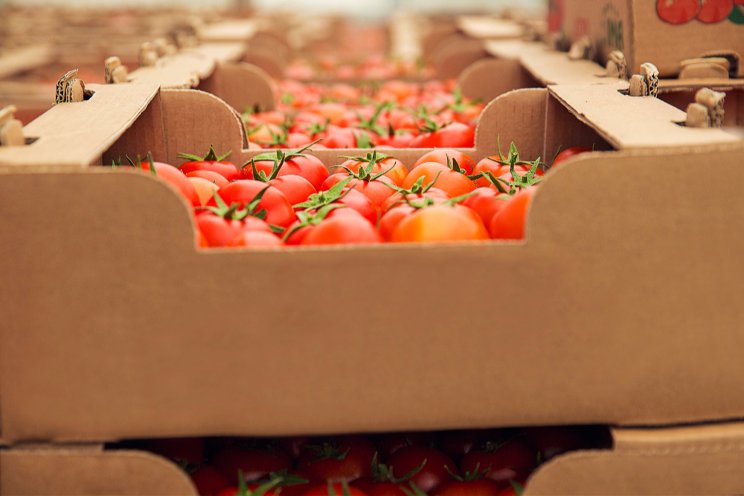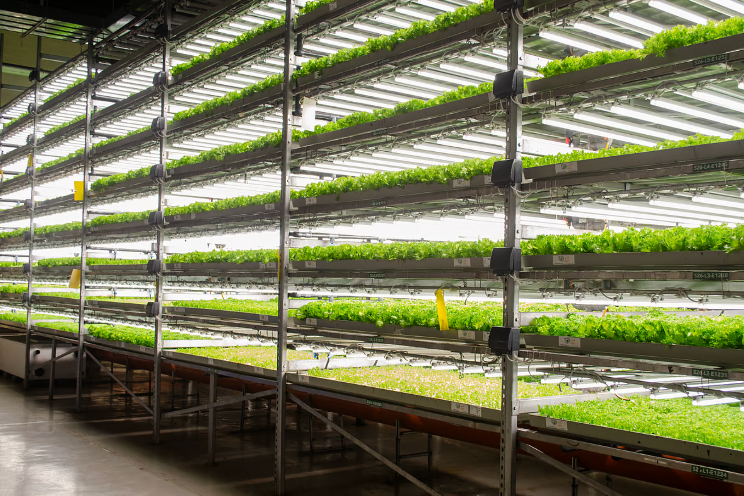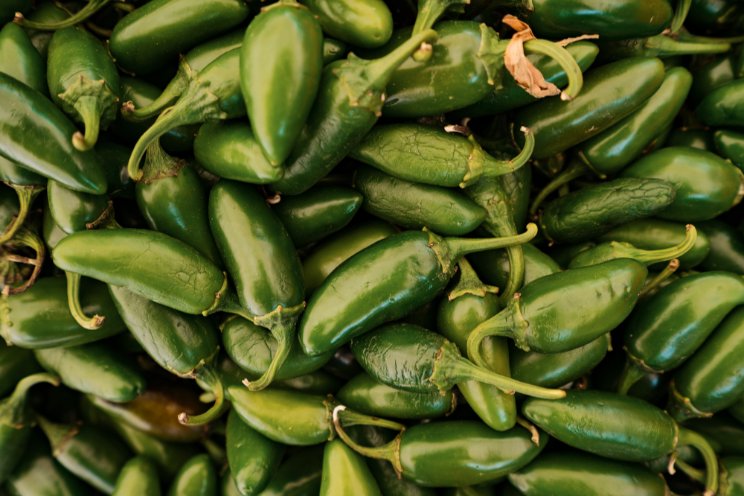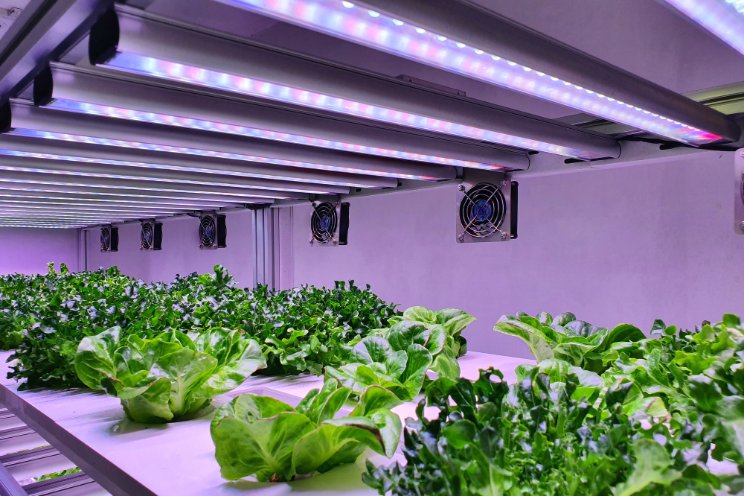How ‘digital twins’ modelling will enable smart agri
Added on 30 November 2023

In Canada, for example, one-in-six families find it difficult to provide food to maintain a healthy and active lifestyle, and the situation is getting worse year by year.
Hunger and lack of food is a rapidly escalating global problem that challenges agriculture companies to find radically new ways to produce crops efficiently: with less waste, fewer pesticides and shorter time to market, while also reducing their energy footprint.
As traditional outdoor farming is unable to address these challenges, indoor farming techniques, such as controlled environment agriculture (CEA) are becoming of particular interest. However, they require proper computer-aided support. Such computer-aided methods and tools are developed in our lab on Sustainable Systems and Methods (SSM) at McMaster University.
DIGITAL TWINS
CEA is the technique of growing crops in an isolated environment artificially controlled by complex machinery HVAC (heating, ventilation and air conditioning), irrigation and lighting systems, alongside an array of sensors to measure environmental conditions.
Image by azerbaijan_stockers on Freepik
More news















